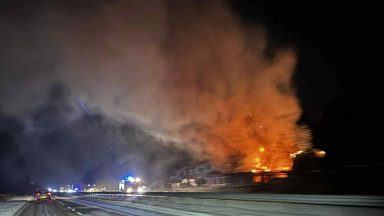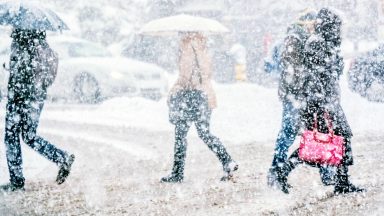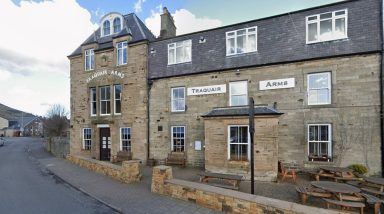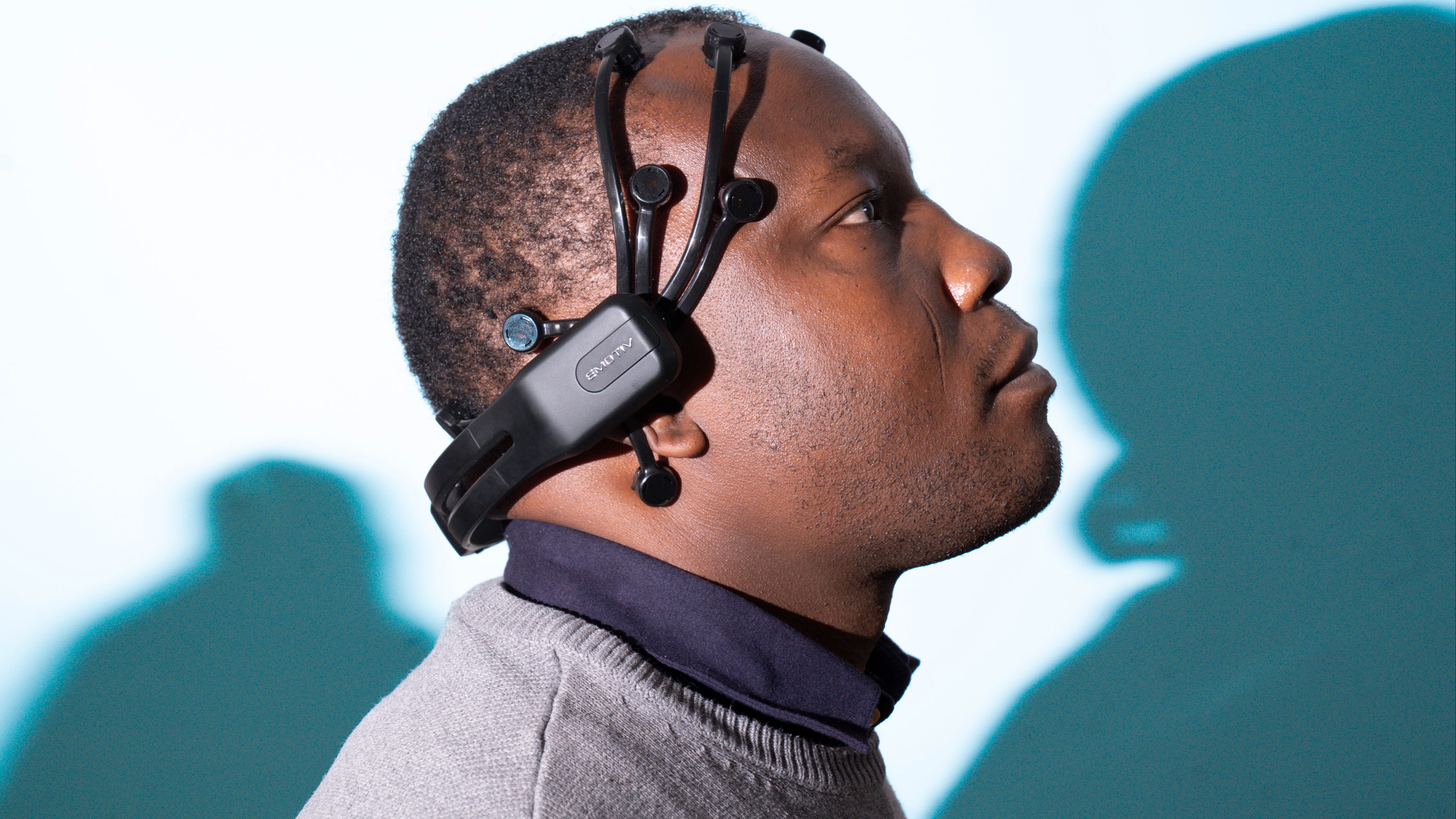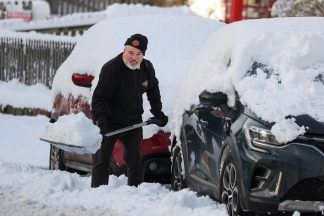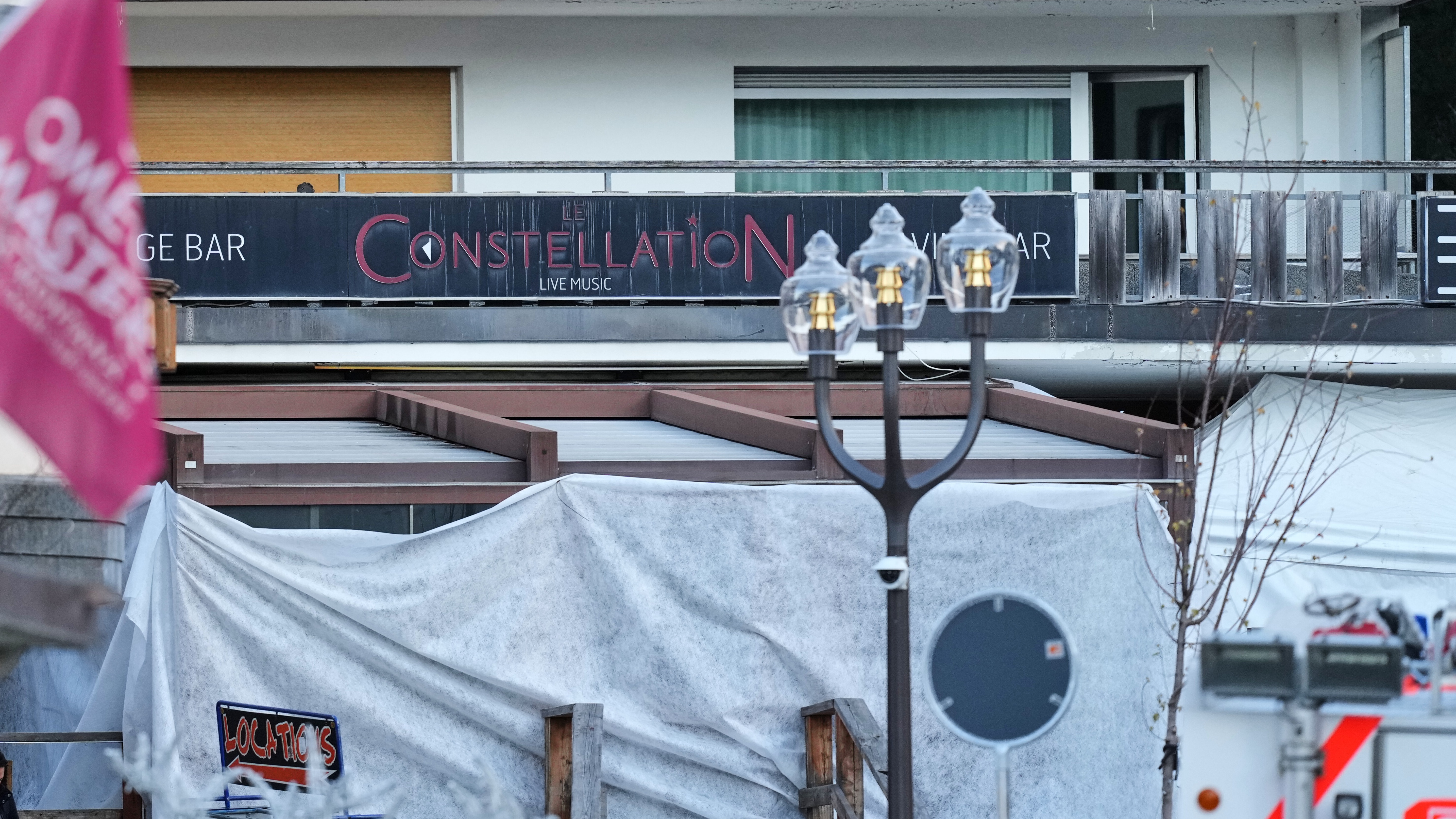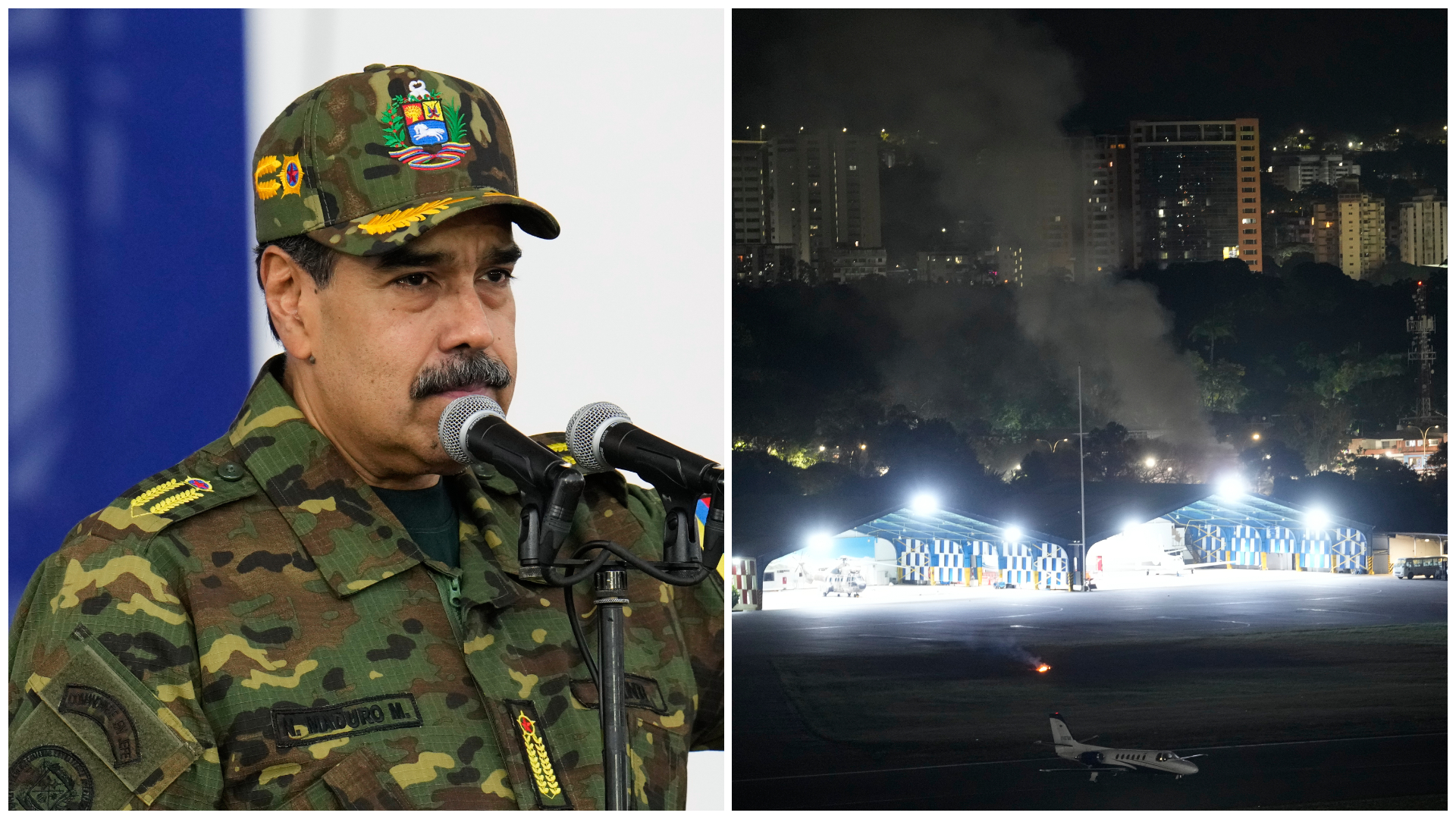The most deprived area in Scotland is in Greenock town centre, according to official statistics.
Parts of Inverclyde’s largest town rank highest in the Scottish Index of Multiple Deprivation (SIMD), published on Tuesday, which looks at seven indicators including income and housing.
The study, published every four years, found Ferguslie Park in Paisley to be the most deprived part of the country in 2016, but in 2020 the area placed third.
The least deprived part of Scotland was found in Edinburgh’s Stockbridge, a change from 2016 when the lowest-ranked was Giffnock in East Renfrewshire.
The SIMD study breaks Scotland down into around 7000 small areas with roughly equal populations, then ranks each area based on income, employment, health, education, access to services, crime and housing.
You can search your own postcode in an interactive map set up by the SIMD here.
Inverclyde has the largest local share of the country’s 20% most deprived areas, at nearly half (45%).

The Glasgow City Council area has similar deprivation levels, with 44% of areas among Scotland’s most deprived – however, this is down from 48% in 2016 and represents the biggest such nationwide fall.
Other local authorities with relatively high levels of deprivation include North Ayrshire and West Dunbartonshire at 40% and Dundee City at 38%.
Areas with low levels of deprivation include Shetland, Orkney and the Western Isles, while Edinburgh and Renfrewshire have seen levels fall.
Levels of deprivation have marginally increased in Aberdeen, North Lanarkshire, Moray, East Lothian, the Highlands and North Ayrshire.
However, the study notes that it measures deprivation in geographical terms, not on an individual basis.
Around two in three people on low income do not live in the 20% most deprived parts of Scotland, and equally, around two thirds of those living in the most deprived areas are not on low income.
Scotland’s chief statistician Roger Halliday welcomed the SIMD figures as a “vital resource” for councils and charities.
But he added: “We must also focus on the strengths and assets of communities if we are to work together to make Scotland a fair and inclusive place to live.”
Follow STV News on WhatsApp
Scan the QR code on your mobile device for all the latest news from around the country




